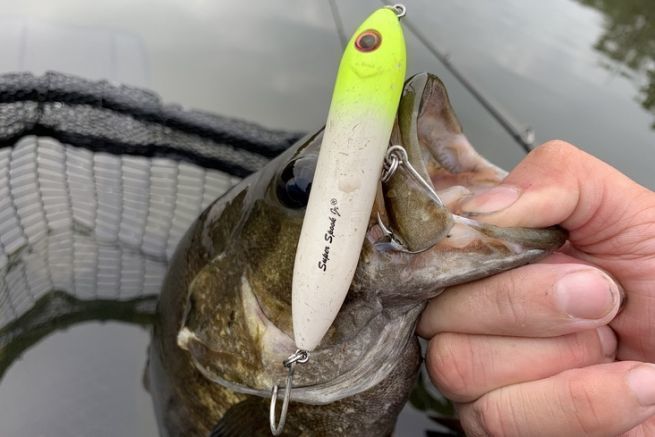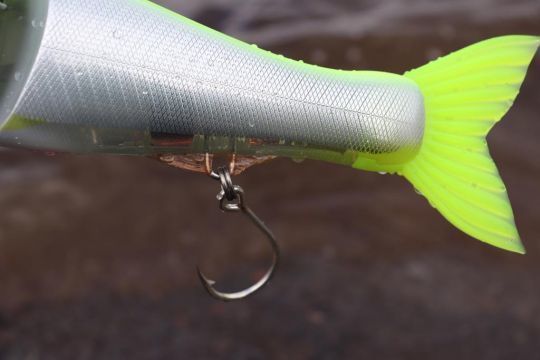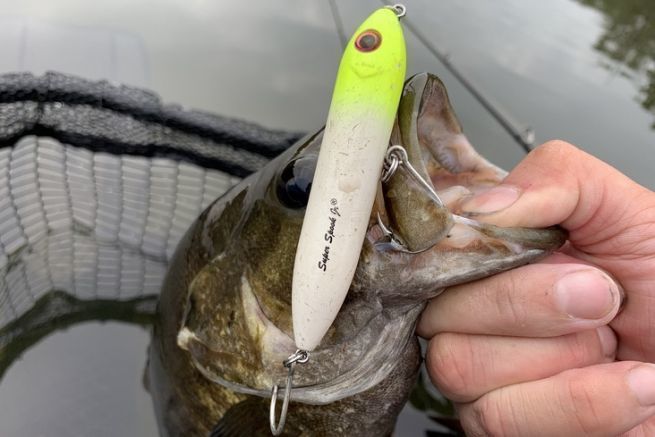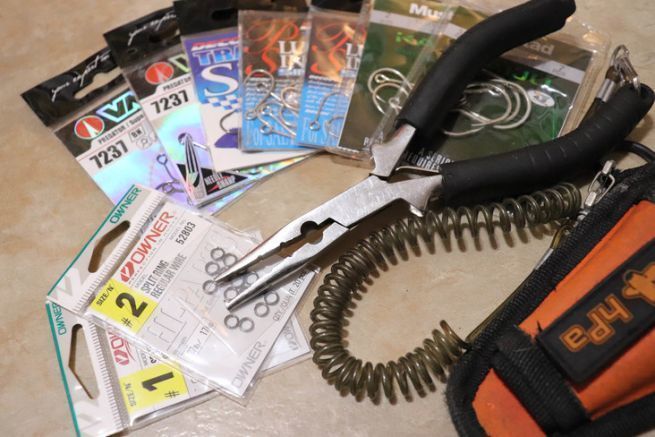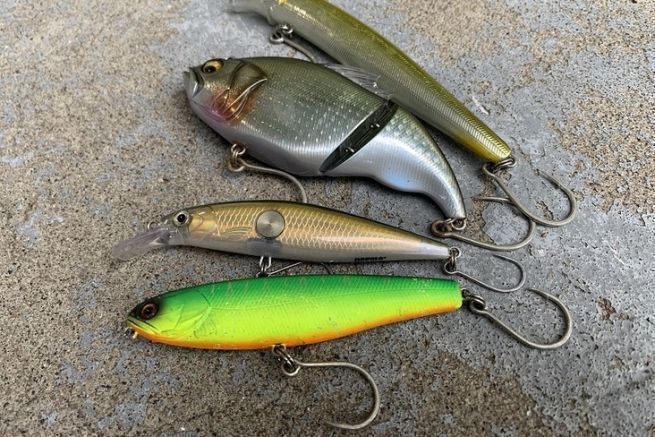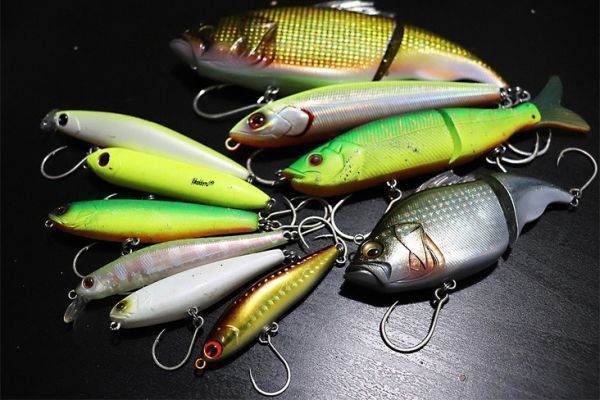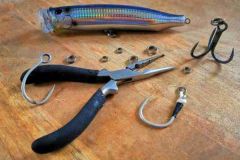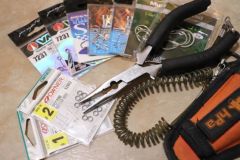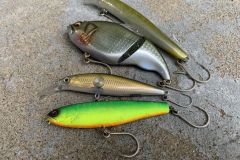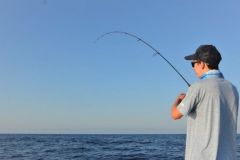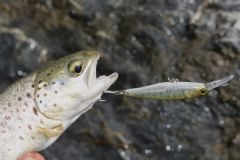1 - Ethics
One of the first arguments why anglers change treble hooks on lures to singles is to minimize the injuries inflicted on fish. It is indeed undeniable, a single hook hurts fish much less, especially on fragile fish, such as trout, chub, asp or perch. Moreover, with singles, fish are often stung at the edge of the mouth, it is rare that it manages to get deeper, while triples, with their three supporting legs, have more ease to be stung everywhere.
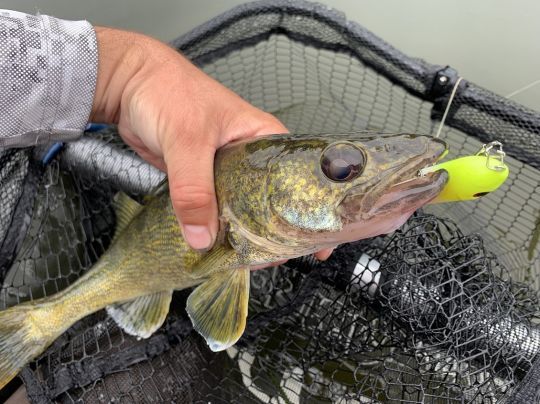
2 - The best support during the fight
Even though a single hook may not be as effective as a treble at the time of the strike, during the fight it is the single hook that performs best. In fact, once the single hook is set, as long as there is good tension on the line, it stays in position. A triple, because of its three legs, gives a support which can cause stalls.
3 - Storage
No more endless tangles of lures to untangle to retrieve a lure from its box. Single hooks really help reduce tangles and allow you to quickly retrieve the lure you want from the bottom of your tackle box. In addition, they take up less space and cause less damage to the lures' paint.
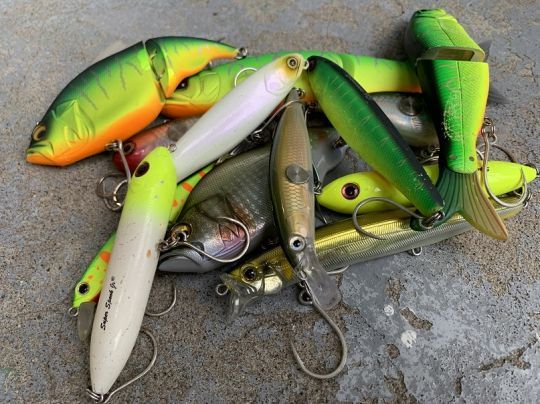
4 - The unhooking of the holds is greatly facilitated
A deeply gnawed treble, especially on small fish where there is little room to maneuver, is a mishap many of us have experienced. In addition, the second treble often bites elsewhere, such as the cheeks or even the eyes of the fish, whereas the second single hook, because it has less support, rarely bites the fish and thus guarantees the integrity of the catch. Single hooks are very easy to unhook, whereas with a treble hook, if two or three of the shanks are pricked, it can quickly become an ordeal. If you want to test single hooks, this is the point that will encourage you to continue, as this modification makes the unhooking process easier.
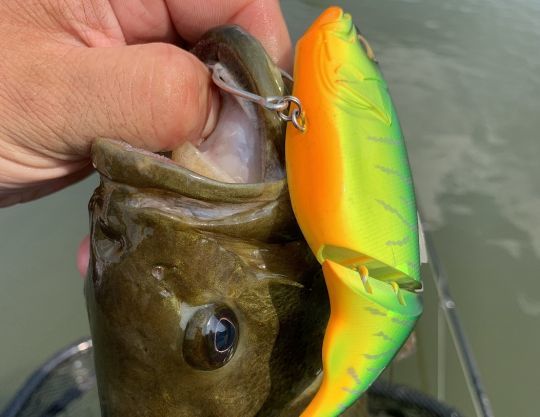
5 - The ability to avoid obstacles
Finally, single hooks are less prone to snagging on obstacles, such as vegetation and branches. Hard lures mounted with single hooks have a greater ability to pass through cluttered areas without snagging, and this makes it possible to fish with hard lures in areas previously impassable with trebles. For example, when there is suspended vegetation and in areas of vertical vegetation, it is quite possible to fish there with a hard lure mounted as a single.
